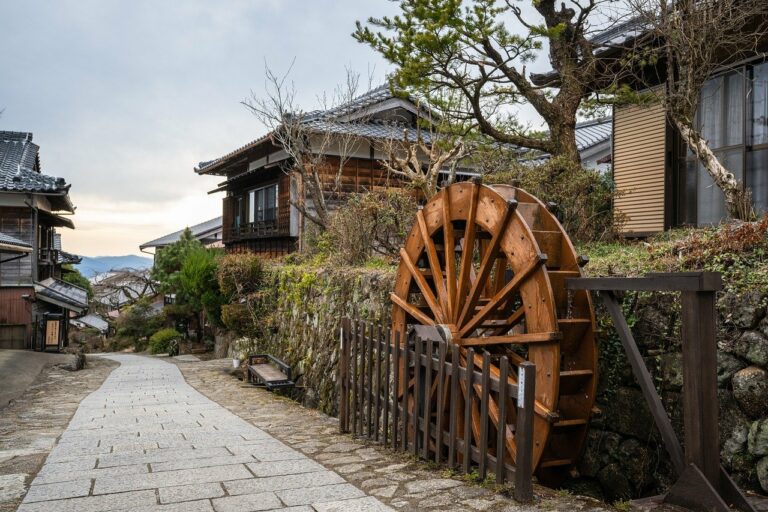Sustainable Manufacturing: Water Conservation Measures
Manufacturing processes heavily rely on water for various operations such as cleaning, cooling, and as a solvent in chemical reactions. The amount of water used in manufacturing differs greatly across industries, with some requiring significant volumes for their processes. Water is not only essential for the actual production of goods but also plays a crucial role in maintaining equipment and ensuring quality control standards are met. Consequently, water usage within manufacturing is a critical aspect that directly impacts operational efficiency and environmental sustainability.
In many manufacturing operations, water consumption is often accompanied by the generation of wastewater, which poses a significant challenge in terms of both treatment and disposal. The discharge of wastewater containing pollutants can have detrimental effects on the environment if not managed properly. Consequently, manufacturers face increasing pressure to optimize their water usage, implement efficient recycling systems, and adopt sustainable practices to reduce the environmental impact of their operations. Balancing the need for water in manufacturing processes with the necessity of conserving this valuable resource presents a complex challenge for industry stakeholders.
Challenges Faced in Water Conservation in Manufacturing
One major challenge in water conservation in manufacturing is the lack of awareness and understanding among industry professionals. Many companies do not realize the significant impact of excessive water usage on the environment and their bottom line. This lack of awareness can lead to a lack of motivation to take action towards implementing water conservation measures.
Another challenge faced in water conservation in manufacturing is the high initial investment required to upgrade equipment and implement new technologies for water efficiency. Many companies are hesitant to make these investments due to budget constraints and the perception that the payback period may be too long. As a result, they continue to rely on outdated and inefficient water systems, further exacerbating the issue of water scarcity.
Technological Innovations for Water Conservation in Manufacturing
Water conservation in manufacturing processes is a critical aspect that companies are increasingly focusing on. With technological advancements, manufacturers are exploring innovative solutions to reduce water usage and improve efficiency in their operations. One of the key innovations in water conservation is the implementation of advanced water recycling systems that help in treating and reusing water within manufacturing plants.
Moreover, the integration of real-time monitoring and data analytics tools has enabled manufacturers to track and optimize water consumption in their processes. These technologies provide valuable insights into water usage patterns, allowing companies to identify areas where water conservation measures can be implemented effectively. By leveraging such innovative solutions, manufacturers can not only reduce their environmental impact but also achieve cost savings associated with lower water consumption.
How much water is typically used in manufacturing processes?
Water usage in manufacturing processes can vary depending on the industry, but on average, manufacturing processes use a significant amount of water for various purposes such as cooling, cleaning, and processing.
What are some of the challenges faced in water conservation in manufacturing?
Some of the challenges include high water consumption, water contamination from industrial processes, and the cost of implementing water-saving technologies.
What are some technological innovations for water conservation in manufacturing?
Some technological innovations for water conservation in manufacturing include water recycling systems, water-efficient equipment, real-time monitoring and control systems, and automated leak detection systems. These innovations help reduce water usage and improve overall water management in manufacturing facilities.







